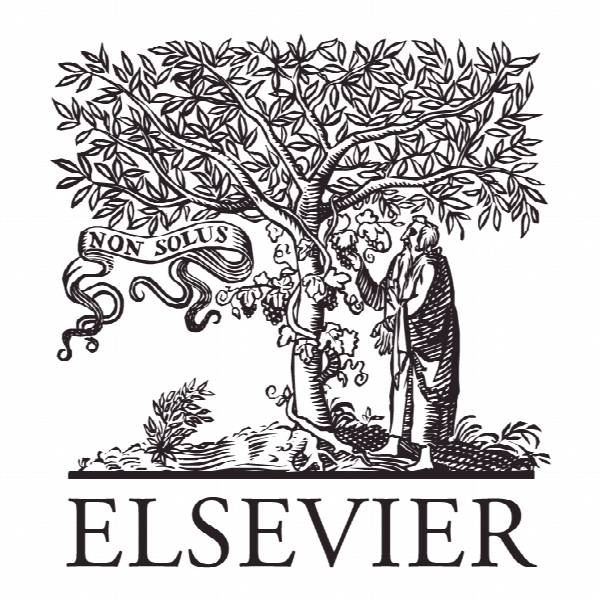بهبود ارزیابی ریسک در امکان مالی پروژه های مهندسی بین المللی: چشم انداز محرک ریسک Improving risk assessment in financial feasibility of international engineering projects: A risk driver perspective
- نوع فایل : کتاب
- زبان : انگلیسی
- ناشر : Elsevier
- چاپ و سال / کشور: 2017
توضیحات
رشته های مرتبط مدیریت
گرایش های مرتبط مدیریت پروژه
مجله بین المللی مدیریت پروژه – International Journal of Project Management
دانشگاه گروه مدیریت ساختمان، تیانجین، چین
نشریه نشریه الزویر
گرایش های مرتبط مدیریت پروژه
مجله بین المللی مدیریت پروژه – International Journal of Project Management
دانشگاه گروه مدیریت ساختمان، تیانجین، چین
نشریه نشریه الزویر
Description
1. Introduction The global operation of engineering companies has resulted in increasing foreign trade and investment. Due to the changing external environment and the complexity and high level of investment needed for projects, investment risks are becoming greater and more worrying for investors as wrong investment decisions, characterized by irreversibility and uncertainty, often exert a long-term impact, such as considerable financial losses and reputational damage (Kim et al., 2012; Alkaraan, 2015; Hallegatte et al., 2012). Consequently, it is considered vitally important to conduct a detailed risk assessment when making such investment decisions (Virlics, 2013). Risk assessment is a systematic, evidence-based approach for assessing uncertain or risky future events. Here, uncertainty refers to a state where an exact numerical value cannot be given for an activity as some variation in values may occur due to unpredictable circumstances, while a risk event is defined as the probability that an event will occur and considers the impact on corresponding objectives when the event occurs (Samson et al., 2009). A widely used method for risk assessment of investment decisions for international engineering projects is Monte Carlo simulation. Practically, it is very common for individuals to evaluate the impact of uncertain parameters (such as costs, price of raw materials, sales price, construction period and productivity) on decision variables (Hacura et al., 2001; Ye and Tiong, 2000; Rezaie et al., 2007; Suslick et al., 2008). This commonly involves calculating the variation in net present value (NPV) and internal rate of return (IRR) under the condition that uncertain parameters vary within a specific range and then to obtain the probability distributions of NPV and IRR. The values of the uncertain parameters involved vary with the occurrence of risk events. That is, it is the risk events rather than the uncertain parameters that are the root causes of the variation in the decision variables of investment. However, the traditional quantitative risk assessment model does not take into account the influence of risk events on decision variables and so no targeted measures are developed to prevent losses that might subsequently be incurred.


